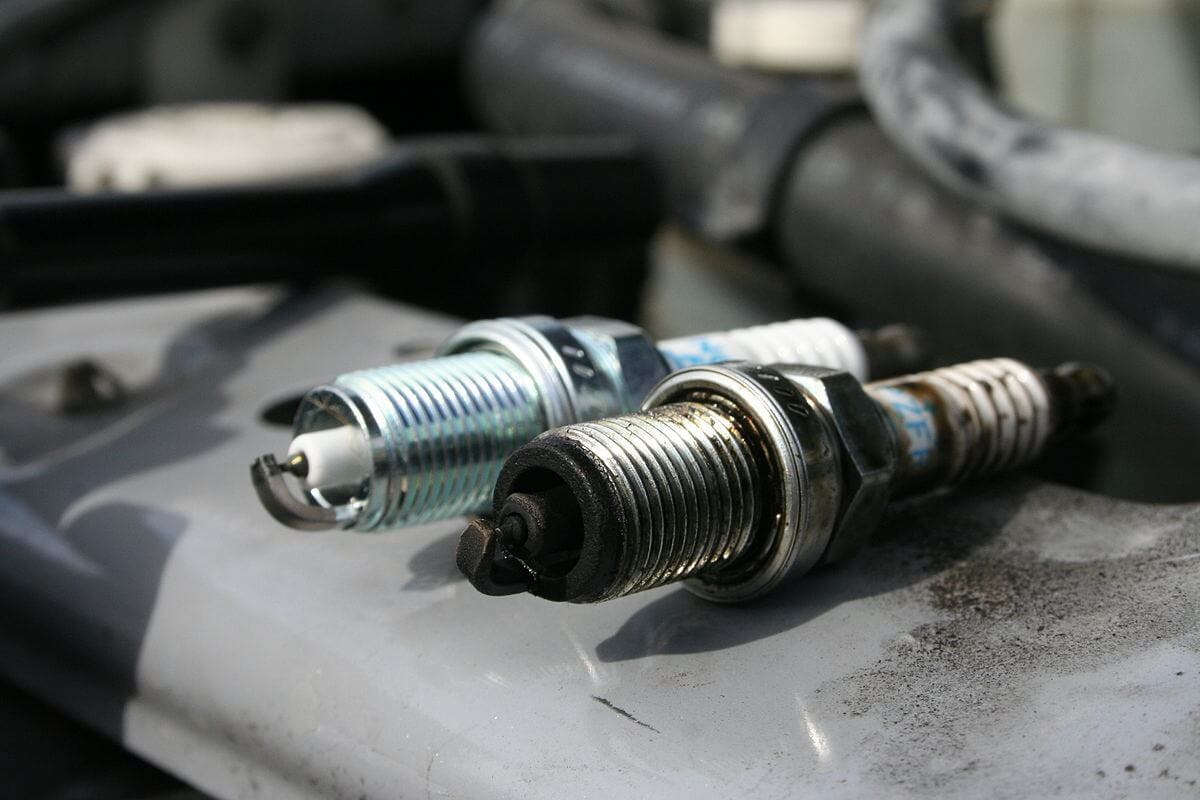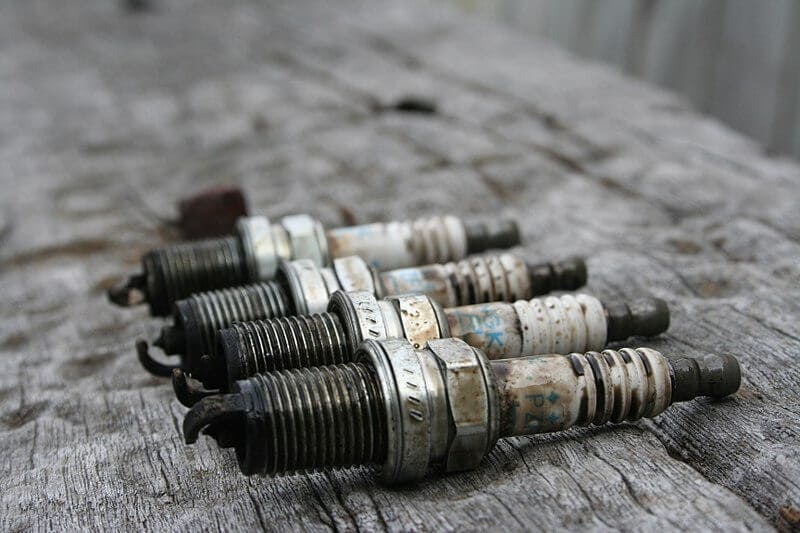Spark plugs: How do they work, and what's their lifespan?

Spark plugs are an essential part of any gasoline engine. Without these small devices, the gasoline engine could not work, so every car owner with this type of engine should know more about them.
Spark plugs are electrical devices located in the head of each cylinder. The spark plug ignites a compressed mixture of fuel and air in the cylinder using an electric spark. Unlike a glow plug, a spark plug works continuously.
Inhoudsopgave
What is a spark plug made of?
The spark plug consists of two electrodes, the middle and the outer. The central electrode is surrounded by an insulator, the lower part of which is pressed into the plug's shell. There is a thread to allow the spark plug to be attached to the cylinder head, with an outer electrode molded into the bottom of the thread.
A very important criterion for a spark plug is the distance between the electrodes. The spark is too weak to complete the combustion process when the gap is too small. On the other hand, a too-wide gap might cause the spark plug not to fire correctly. The average gap between the electrodes varies between 0.5 mm and 1.8 mm.
Spark plug lifespan

Spark plugs undergo a lot of stress throughout their lifespan. They are affected by very high temperatures; therefore, they belong to the parts that need to be checked or replaced more often.
The lifespan of an ordinary copper and nickel spark plug varies between 30 and 60 thousand kilometers driven, but there are also candles whose replacement interval is up to 90 thousand kilometers. Iridium or platinum spark plugs might last anywhere between 90 to 225 thousand kilometers.
If the spark plug does not work, the engine works on fewer cylinders, which results in the engine's jerking and irregular running. This is not ideal and should be fixed asap.
How to check if the spark plugs are working:
The functionality of the spark plugs can be tested in various ways. If one of the spark plugs does not work, the engine works on fewer cylinders, which causes vibrations and a characteristic background sound. It is, therefore, possible to detect the malfunction of the spark plug just by the sound.
Another way to test the functionality of the spark plug is to pull the cable ends from the individual spark plugs while the engine is idling. The engine speed will drop if you pull the cable end from the functional spark plug. However, if you pull out the cable end from the malfunctioning spark plug, the engine speed will not decrease.
In addition, you can also check the spark plug by removing it from the engine, connecting it to the power source, and placing it on the engine ground. If, after starting the engine, sparks do not start to jump between the electrodes, it means that the plug is out of order and needs to be replaced.
Summary
Since spark plugs are not a very expensive part with quite a long lifespan, we recommend changing them regularly and not prolonging their replacement.